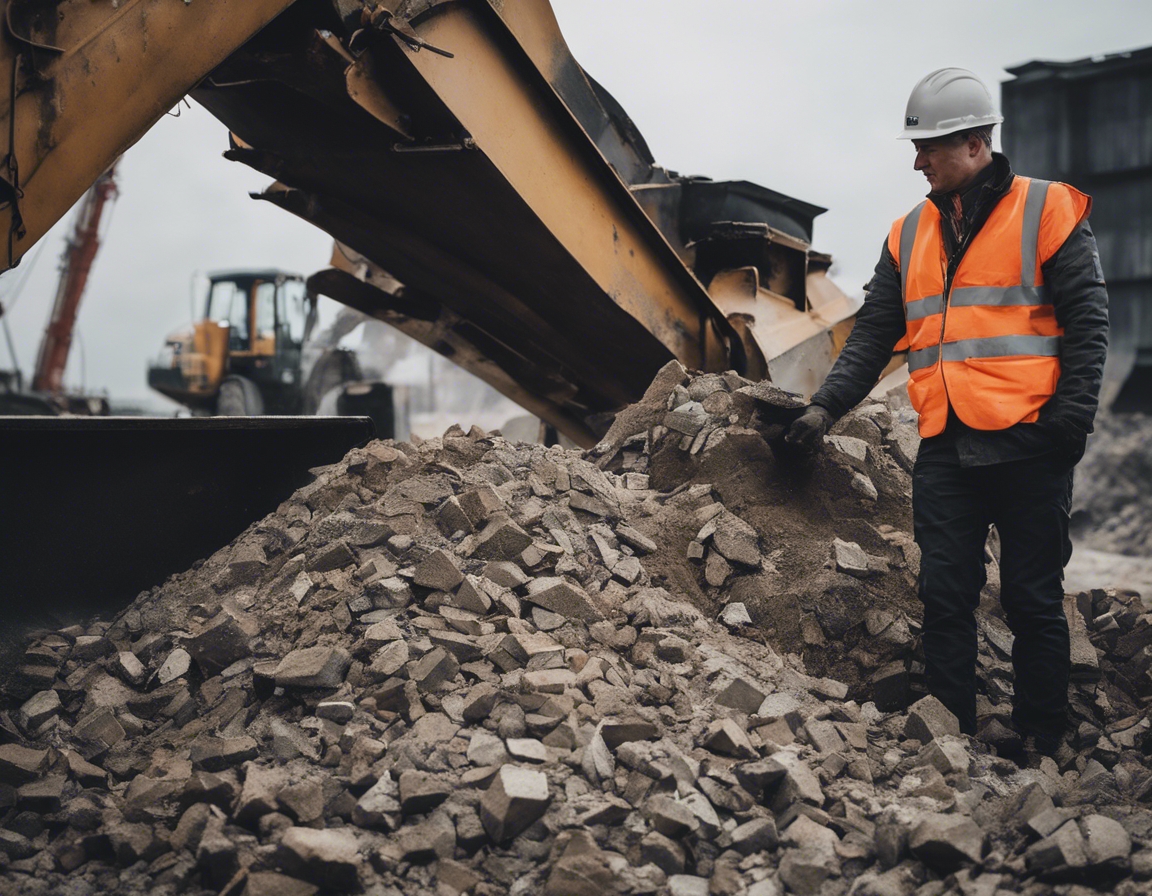The role of limestone in sustainable construction
Sustainable construction involves building projects that are environmentally responsible and resource-efficient throughout their life cycle. This approach aims to reduce the overall impact of the built environment on human health and the natural world.
Choosing sustainable materials is crucial for reducing the carbon footprint of construction projects. Materials that are locally sourced, durable, and have low embodied energy contribute significantly to the sustainability of a building.
Limestone: A Cornerstone of Sustainability
Limestone is a sedimentary rock composed mainly of calcium carbonate. It is formed by the accumulation of coral, shell, and algal debris or by direct crystallization from water. Limestone is known for its natural beauty, durability, and versatility in construction.
Limestone has been a favored building material for thousands of years, from the Egyptian pyramids to medieval cathedrals. Its enduring presence in architecture is a testament to its reliability and sustainability.
Environmental Benefits of Using Limestone
Limestone has excellent thermal mass, which helps in regulating the temperature of buildings. This property can lead to significant energy savings over time.
The longevity of limestone structures can span centuries, reducing the need for replacement materials and minimizing waste.
Limestone can be recycled and reused in various forms, which reduces the need for new materials and the environmental impact associated with their production.
Limestone's Role in Green Building Certifications
Limestone can contribute to earning points for LEED certification, particularly in the categories of sustainable sites, energy and atmosphere, materials and resources, and indoor environmental quality.
Similarly, limestone use can support BREEAM certification by meeting criteria for materials, waste, and energy use.
Modern Applications of Limestone
Commercial buildings benefit from limestone's aesthetic appeal and structural capabilities, making it a popular choice for facades, flooring, and interior decorations.
In residential construction, limestone is used for exterior cladding, landscaping, and as a durable and attractive flooring material.
Advancements in technology have led to innovative uses of limestone, such as in the production of self-healing concrete, where limestone reacts with cement to seal cracks.
Challenges and Considerations
While limestone is abundant, its extraction can have environmental impacts. Responsible sourcing and adherence to environmental regulations are essential.
The transportation of limestone must be managed efficiently to minimize the carbon footprint associated with its use in construction.





Comments (0)